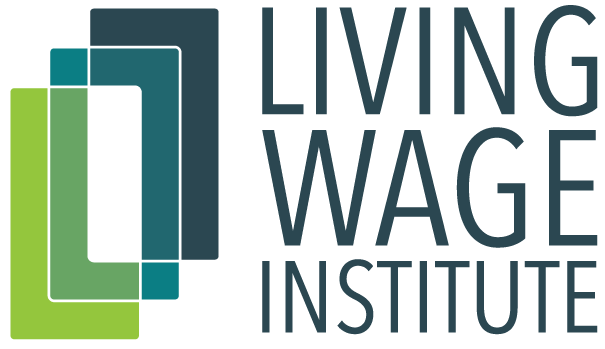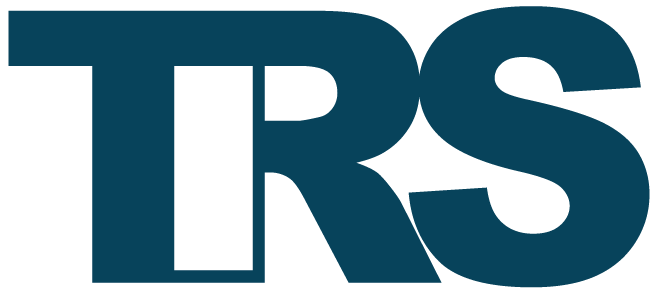



For further information, please visit the FAQs and Methodology pages or submit a question or request through the Contact page.
© 2024 Dr. Amy K. Glasmeier and the Massachusetts Institute of Technology
SIGN INStreets are mostly deserted in Kaiserslautern, Germany. While some of my favorite restaurants are still open for takeout, bars, concert venues, gyms, hotels, and theaters are closed. As of November 2020, Germany has had two COVID-19 nationwide lockdowns that have deeply changed city life. Germany’s response to the pandemic has been efficient and resourceful. The government has managed to protect the health of most of its citizens ensuring economic stability and well-being, a feat the U.S. government can only imagine accomplishing. When the second lockdown was announced in Germany, Merkel showed a strong focus on small enterprises by ensuring that businesses with up to 50 employees and the self-employed would receive 75% of their previous years November income in support from the government. In addition, the German government created cheap loan programs for self-employed workers and micro-enterprises, which have totaled up to €300,000 ($360,000) through the KFW State Bank. Eligible companies have received over $11.8 billion in assistance by November while larger companies have been expected to rely on the European Union’s infrastructure for assistance.
While the U.S. Congress continues to argue about whether single individual payments of a few hundred dollars is too much money, the German government has extended the Kurzarbeit short-time work program until the end of 2021. From this program, German workers have the option to receive income assistance with a coverage of 60% or 67% of their salary depending on whether they have children. This program has proven to be very effective as it contributed to Germany’s fall in unemployment rate from 7.9% to 7%, amidst this pandemic.
The level of support provided by the German government has allowed Germans to comply with stay-at-home orders and secure wellness and financial stability. By contrast, the U.S. has failed at managing both the health and economic aspects of the pandemic while more and more Americans continue to be at risk of getting sick. In fact, while Germans had been quarantining over the summer, paving the path to return to work, the United States is undergoing a painful third peak in COVID-19 cases after its government’s failure to control the pandemic during the first and second peaks.
A narrative thanking essential workers for their efforts has emerged in the U.S., but this narrative is not accompanied by appropriate and thoughtful compensation. Many essential workers, who were already struggling with stagnant wages prior to the pandemic, were only offered the possibility of receiving hazard pay via their employers. Unfortunately, this promise did not materialize for many, and essential workers continue to have high risks of infection and transmission ten months after the first stay-at-home orders were issued.
Another policy comparable to Germany’s attempts to subsidize workers for the month of November is the U.S. Paycheck Protection Program (PPP), which sought to protect small businesses via low-interest loans and keep workers on payroll. The major differences between the U.S approach and the German approach is that while both aim to save jobs, the German program has an additional benefit of cutting working hours for its workers without compromising pay. A closer look shows the results of both programs have had dramatically different effects.
While unemployment in the United States is now almost 15% , the IMF expects German unemployment for 2020 to stabilize at around 4%. The rise in the U.S. unemployment rate may be explained by data that shows how the hours worked and changes in payroll were very similar for smaller and larger firms. The analysis implies that the PPP had little effect on small business employment, and that the U.S. did not really focus on average workers. Businesses that secured PPP assistance in the US were in sectors that were less affected by the crisis and had already intended to keep most of their workers on payroll.
The fault in the U.S. PPP is that it is not doing enough to allow for it to reach the populations that needed the funds the most. Only 42.4% of total PPP loans went to service industries which were significantly affected by social distancing, even though the sector accounted for 66.8% of job losses. Seven out of the ten states with highest rates of unemployment insurance were also the states that received the smallest dollar amount of PPP loans.
The irony of this is that the U.S. is now spending more than Germany when controlling for differences in population. The U.S. programs, which have focused on unemployment checks and loans via the PPP are more costly and less effective than programs such as the Kurzarbeit short-time work program. The majority of the funding in Germany has been used to prevent people from losing their jobs in the first place. In the future, the U.S. Government will likely be better off prioritizing prevention of loss of income over resurrection, and designing policies that protect the wellbeing of those most likely to suffer from a public health emergency.